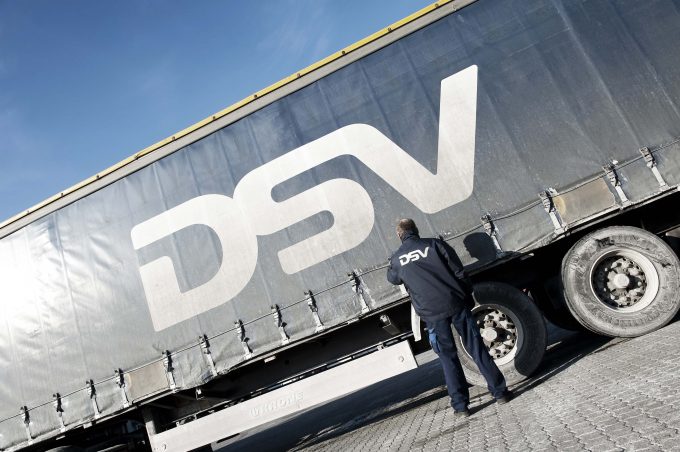Conf call redux: DSV – Schenker integration a work in progress
Next few quarters – pay attention!

Profits may be on the up for DSV, but in its full-year results presentation today, the forwarder maintained a silence on its attempt to acquire Panalpina.
Despite rejection of its $4.1bn bid for the Swiss operator, DSV said it would continue to pursue M&A activity.
Chief executive ...

Comment on this article